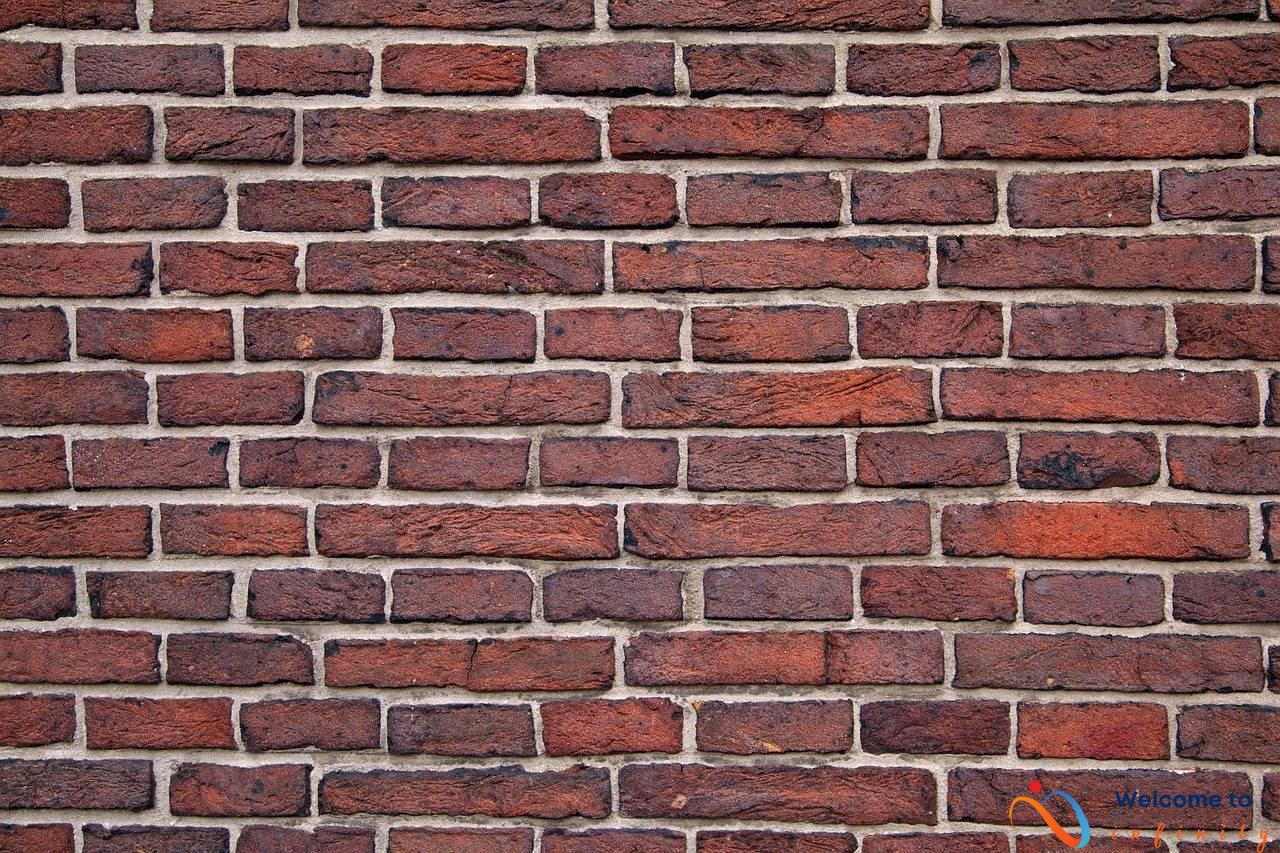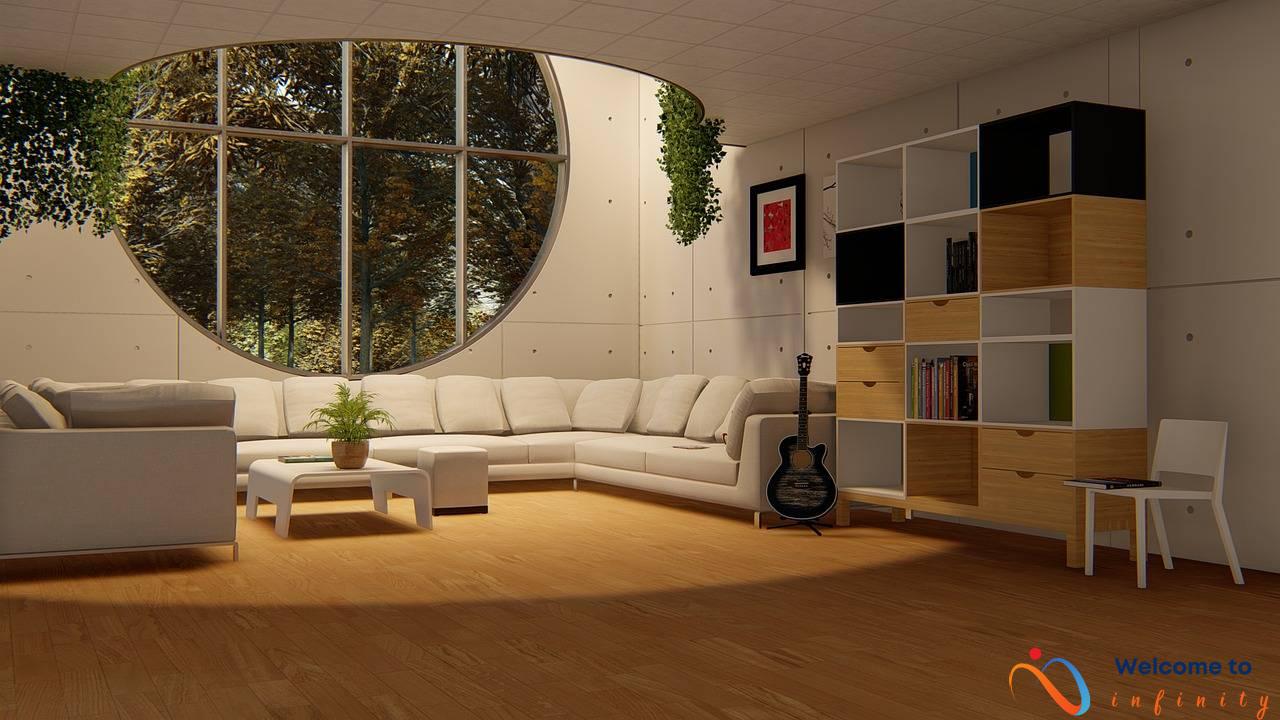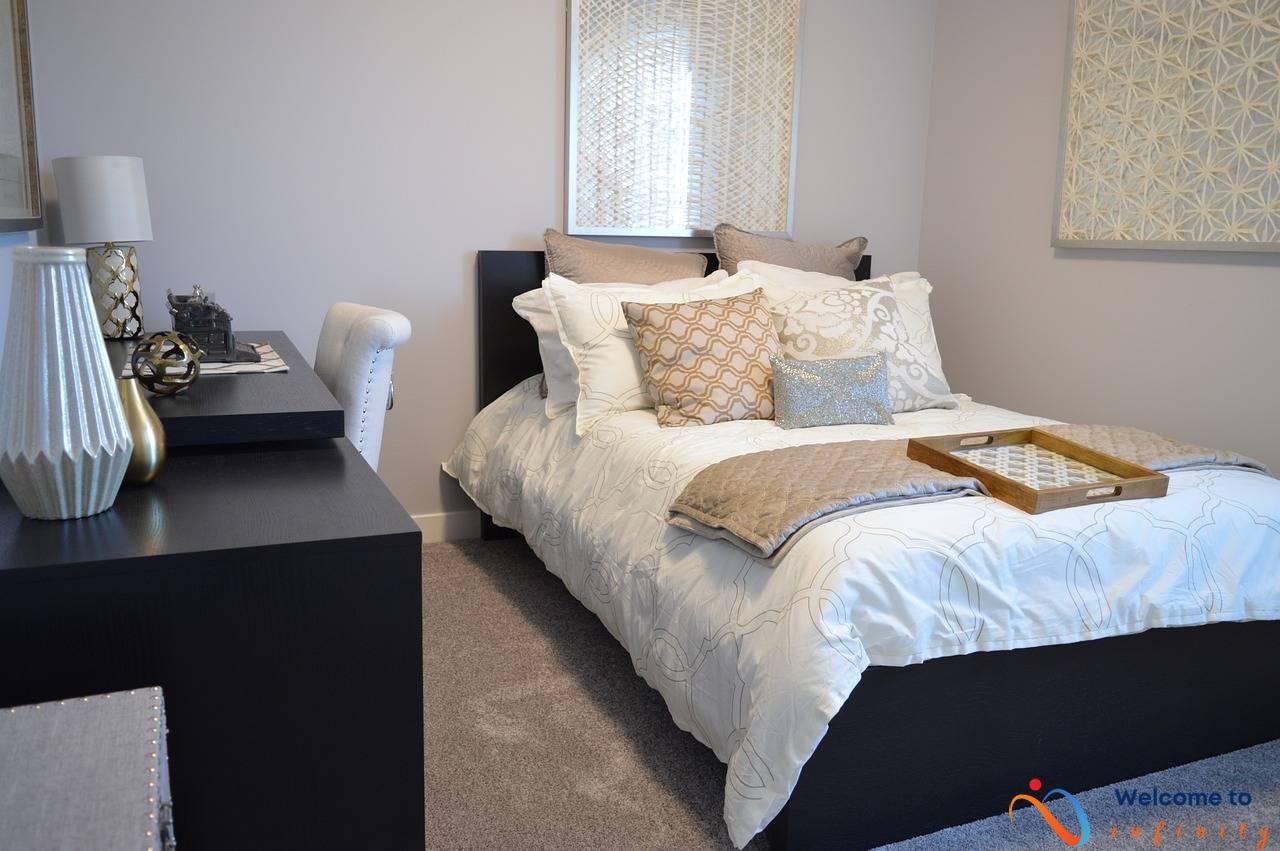the future of smart home automation is filled with exciting possibilities that will revolutionize the way we live. With innovations in technology, smart homes will become more personalized, efficient, and environmentally sustainable than ever before. Smart homes will be able to anticipate our needs and preferences, creating a seamless and convenient living experience.
Artificial intelligence and machine learning are expected to play a significant role in enhancing smart home automation. AI algorithms will learn about our routines and habits and adjust our home's systems accordingly. Connected devices and the Internet of Things (IoT) will continue to expand, allowing us to control every aspect of our homes from anywhere in the world.
Eco-friendly solutions are also expected to become a vital part of smart home automation. Energy-saving devices and green technologies will make our homes more environmentally sustainable and reduce our carbon footprint. However, as smart homes continue to evolve, we must address security and privacy concerns.
Voice control technology will be the primary way we interact with smart homes, allowing us to control our devices with simple voice commands. Virtual assistants like Alexa, Siri, and Google Assistant will become indispensable in our daily routines. Augmented reality and virtual reality technology will enhance our user experience, creating a more immersive and interactive living environment.
The integration of mobility is another significant development in smart home automation. Smart homes will no longer be tied to a single location; smartphones and wearables will integrate seamlessly with our home's systems, allowing us to control our devices on the go.
With all these exciting possibilities on the horizon, it's clear that smart home automation will shape our lives in the coming years. Future innovations will undoubtedly bring even more possibilities and make our homes even more intelligent, efficient, and convenient.
Artificial Intelligence and Machine Learning
Artificial Intelligence (AI) and Machine Learning (ML) are transforming the world of smart home automation by making it more efficient and personalized. With AI and ML, devices in smart homes can learn from our behavior and adjust accordingly, making our living experiences more comfortable and convenient.
Currently, smart homes are capable of performing standard tasks like controlling temperature and lighting. However, with AI and ML, smart homes will learn our preferences and tailor their responses accordingly. For example, they will know when to lower the temperature in the living room, according to our schedule, or when to turn on/off the lights based on our daily routines. This level of personalization will significantly improve our living experiences.
AI and ML will also enhance the efficiency of smart homes. These technologies will anticipate our needs and take actions accordingly, making our daily routines faster and more straightforward. For example, if we usually turn on the coffee machine before going to the shower, the smart home can anticipate and start the coffee machine before we do. By the time we are done showering, the coffee will be ready, and we shall have saved some precious time. Additionally, smart homes can detect when to turn off electronic devices and appliances when no one is using them, ensuring energy conservation.
In conclusion, AI and ML will revolutionize smart homes' capabilities by making them more personalized and efficient. Homeowners will benefit from greater comfort, convenience, and energy savings. As technology advances, AI's integration into smart homes will become more prevalent, allowing for a higher level of automation.
Connected Devices and IoT
Connected devices and IoT (Internet of Things) will play a vital role in the expansion and growth of smart homes in the coming years. IoT refers to the network of physical devices, vehicles, home appliances, and other items embedded with electronics, sensors, and software, enabling them to connect and exchange data. This technology offers a range of possibilities and conveniences that will change the way we live.
Connected devices are set to enhance the efficiency and convenience of smart homes with real-time data monitoring and analysis. For example, sensors in your refrigerator can track the amount of food and send alerts when supplies are running low. Smart lighting systems can automatically adjust brightness levels to save energy. Furthermore, home automation systems will be able to anticipate our needs and preferences, learning our habits and adjusting controls accordingly.
IoT technology will impact our daily routine, bringing a new level of interconnectedness to our lives. For instance, your smartwatch can sync with your home's connected devices to control heating and switch off lights. Smart home tech will make daily chores more manageable, leading to a more productive and stress-free lifestyle. Mobile apps will keep us up to date with our connected home devices, so we can monitor and control settings from anywhere in the world.
However, as connected devices and IoT gain ground, concerns about privacy and security are rising. The use of connected devices in smart homes exposes us to a range of cyber threats, and sophisticated encryption and security measures need to be in place to protect our data. Consumers need to be aware of the risks and take security seriously to stay safe.
In conclusion, connected devices and IoT will be central to the growth of smart homes and will revolutionize the way we live. The interconnectivity of smart homes will make our lives more comfortable, convenient, and efficient. But it is important to bear in mind the risks associated with the use of technology and take appropriate security measures to ensure privacy and safety.
Eco-Friendly Solutions
The increasing concern for the environment has led to the integration of eco-friendly features into smart homes. Smart home automation can significantly reduce energy consumption and help mitigate the effects of climate change. One of the main eco-friendly solutions for smart homes is the use of energy-saving devices. These devices can monitor energy usage, and users can control them remotely through their smartphones or wearables.
Another eco-friendly solution is the integration of renewable energy sources like solar panels. Smart home automation can optimize energy usage patterns, and paired with renewable energy sources, it can help reduce reliance on electricity from the grid. This can significantly reduce carbon emissions and contribute to creating a more sustainable environment.
The integration of smart irrigation systems is also another eco-friendly solution. Smart irrigation systems can sense changes in weather, soil moisture levels, and adjust water usage accordingly. This not only helps conserve water but also reduces water bills, making it a practical and sustainable solution for smart homes.
The use of sustainable materials for construction and insulation is also becoming increasingly popular. Energy-efficient windows, insulation made from environmentally sustainable material like recycled glass, and natural materials like bamboo can significantly reduce energy consumption. Furthermore, these materials help reduce the carbon footprint of smart homes and contribute to a more sustainable environment in the long run.
As more people embrace smart home automation, there is a growing need to consider the environmental impact of our energy consumption. By integrating eco-friendly solutions into smart homes, we can create sustainable and environmentally conscious living spaces that benefit not only us but also the planet.
Security and Privacy Concerns
As smart homes become more connected and exposed to the internet, the risk of cyberattacks and potential breaches of privacy increases. Home automation devices collect personal data such as user behavior, preferences, and daily routines that can be exploited by hackers. With concerns over data breaches and cyberattacks on the rise, security and privacy issues are at the forefront of the minds of homeowners who are considering the adoption of smart home technology.
Manufacturers of smart home devices are making new efforts to improve security and privacy measures. Some of these solutions involve the use of advanced encryption techniques and secure communication methods to keep information safe and anonymous. Other solutions include the use of firewalls, VPNs, and biometric authentication, which all add an extra layer of protection and improve user privacy.
However, it's not just the manufacturers who are responsible for ensuring the security and privacy of smart homes. Homeowners can take simple measures such as changing default passwords, selecting strong passwords, and regularly updating the software to minimize the risk of being hacked.
There is also a growing demand for legal regulations that protect the privacy of smart home users. Governments and regulatory bodies are stepping up their efforts to ensure data security and privacy laws that protect the end-users. As the technology continues to evolve, it's crucial to prioritize and address concerns about privacy and security to enable the widespread adoption of smart home automation.
- Secure communication methods
- Advanced encryption techniques
- Firewalls, VPNs, and biometric authentication
- Change default passwords
- Select strong passwords
- Regulations that protect the privacy of smart home users
Smart home automation is an exciting development that has the potential to make our lives more comfortable, efficient, and enjoyable. However, its widespread adoption can only be achieved if privacy and security issues are addressed. The above measures provide a starting point for securing smart homes now and in the future.
Voice Control Technology
Voice control technology is becoming increasingly popular among smart home users, and for a good reason. With voice control, homeowners can interact with their homes hands-free, making it convenient and efficient to manage all the devices in their homes. Voice control technology will play a crucial role in the future of home automation, and its possibilities are endless.
One of the advantages of voice control technology is that it saves time when operating devices. For instance, you can ask your virtual assistant to turn the lights on in the living room while you are in the kitchen preparing dinner. Additionally, voice control technology can perform multiple tasks simultaneously, such as adjusting the thermostat and playing your favorite music with just one command.
Voice control technology is also intuitive and easy to use. Even individuals who are not tech-savvy can quickly learn how to interact with their smart devices using voice commands. This makes it accessible to everyone and eliminates the need for complicated user manuals.
Another possibility offered by voice control technology is the creation of personalized settings. Users can create custom commands for specific devices based on their preferences. For example, you can program your smart assistant to turn on the coffee maker, play your morning news briefing, and adjust the temperature in your bedroom to your preferred level by saying a single command. This makes your home automation system more tailored to your needs and preferences.
As more devices are developed with voice control technology, the possibilities for improving home automation systems become endless. The integration of voice control technology with other smart home features such as security systems and smart locks will make it easier for homeowners to monitor and secure their homes.
In conclusion, voice control technology offers a vast array of possibilities for future smart home automation. Its convenience, intuitiveness, and personalized settings make it a promising technology with endless potential in shaping the future of smart homes.
Virtual Assistants and Smart Speakers
Virtual assistants and smart speakers are changing the way we interact with our smart homes. With the rise of virtual assistants like Alexa, Siri, and Google Assistant, smart homes are becoming more accessible and convenient, allowing users to control various features without having to physically interact with the devices.
The integration of virtual assistants in smart homes allows for voice control and a more personalized experience. These intelligent assistants can learn from our habits and preferences and can automate various tasks to make our lives easier. For example, by simply giving a voice command, we can turn on lights, adjust the temperature, play music, and even order groceries.
Smart speakers are another key player in the future of smart home automation. They act as a central hub, connecting all the devices in the home and allowing for seamless communication between them. With the ability to play music, answer questions, make calls, and control other devices, smart speakers are quickly becoming an essential component of any smart home.
The increasing popularity of virtual assistants and smart speakers has also led to the development of more advanced features and customization options. For example, some smart speakers can recognize different users' voices and personalize their experience accordingly. This feature is particularly useful in homes with multiple occupants, allowing each person to have unique settings and preferences.
Overall, virtual assistants and smart speakers are changing the game for smart home automation. They offer increased convenience, improved accessibility, and personalized experiences that are tailored to each user's needs and preferences. As the technology continues to evolve, we can expect even more innovative features and possibilities in the future.
Augmented Reality and VR
The integration of augmented reality (AR) and virtual reality (VR) technology into smart home automation is predicted to have a significant impact on how we interact with our homes. With AR, homeowners can use their smartphones or wearable devices to visualize and adjust the settings of their smart home devices. For example, they can place virtual furniture in their living room or change the color of their smart bulbs before making any physical changes.
Moreover, VR technology can simulate an immersive experience of the smart home, allowing users to interact with it as if they are physically inside the house. This can be especially useful for remote monitoring of homes or giving virtual tours to potential buyers or renters.
Additionally, AR and VR technology can be used for smart home maintenance. Instead of scanning through the user manual of a smart home device, AR can provide an interactive guide to troubleshoot issues. In contrast, VR can simulate a hands-on approach to fix the device.
In the future, we can expect to see more integration of AR and VR technology into smart home automation, making it an even more interactive and personalized experience. From virtual assistants appearing as holograms to AR simulations of home renovations, the possibilities are endless.
The Integration of Mobility
Smart homes are becoming more mobile-friendly and adaptive to our fast-paced lifestyle. The integration of smartphones and wearables will allow us to control our homes even when we are away. With smart home automation, users can use their devices to control lighting, temperature, appliances, and security systems from anywhere in the world.
This integration will also blur the lines between inside and outside the home. Homeowners can preheat their oven, turn on the lights, and even start the washing machine from their smartphone while they are on their way home from work. The era of smart homes is all about convenience and comfort, and the integration of mobility devices will make automation even more accessible.
The ability to control smart home devices using voice commands on wearables like smartwatches or fitness trackers is becoming more and more popular. For example, fitness enthusiasts can start their morning workout routine without leaving their bedroom by simply saying, “turn on the treadmill.”
Finally, the integration of mobility is not limited to smartphones and wearables. Smart cars, for example, can connect to the smart home system and adjust the thermostat or turn on the lights as the driver approaches their house. This feature can also be used to turn off the lights in unoccupied rooms, decreasing energy consumption, and saving money for the homeowners.
The integration of mobility into smart home automation makes it more accessible, effortless, and convenient than ever. With the help of our smartphones, wearables, and smart cars, we can control our smart homes from anywhere, at any time. The possibilities of the integration of mobility are endless, and it will be exciting to see how this technology shapes the way we live in the future.
Future Innovations and Possibilities
The future of smart home automation is looking brighter than ever. With the advancements in technology, there are some exciting possibilities on the horizon that will significantly change how we think of smart homes. In this section, we will discuss some of those innovations.
One of the most significant advancements that are expected in the future is the integration of blockchain technology in smart homes. It will provide a secure and immutable network that will ensure that smart homes are secure and cannot be compromised. Moreover, it will enable the development of smart homes that can communicate with each other, and share data without the need for a central authority.
Another exciting innovation is the incorporation of robotics in smart home automation. With the use of robots, smart homes can perform a variety of tasks like cleaning, cooking, and even caring for the elderly and disabled. The integration of robotics will lessen the workload of smart homeowners and make their lives more comfortable than ever before.
The integration of augmented reality technology in smart homes is another significant innovation that is expected to take place soon. With the use of AR technology, smart homes can project 3D images of furniture, appliances, and other items in their homes. Moreover, it will enable homeowners to visualize how their home will look like, even before making any changes to it.
Smart mirrors and smart toilets are other innovative ideas that will significantly enhance the user experience of smart homes. With the use of smart mirrors, homeowners can access real-time weather or news updates, and even monitor their health and fitness. Smart toilets, on the other hand, will analyze urine and feces to provide homeowners with valuable insights into their health and wellbeing.
In conclusion, the future of smart home automation is bright with exciting possibilities and innovations that will change the way we live and interact with our homes. With the integration of blockchain, robotics, augmented reality, and other technologies, smart homes will become even more personalized, efficient, and comfortable.












